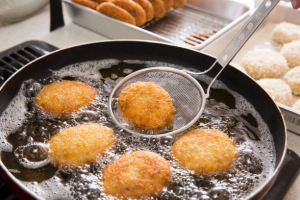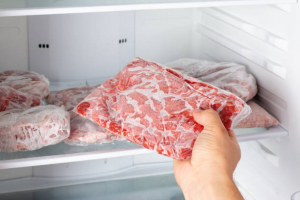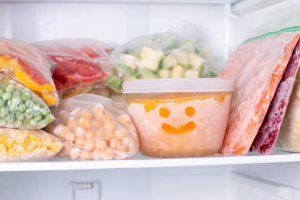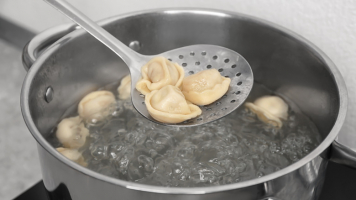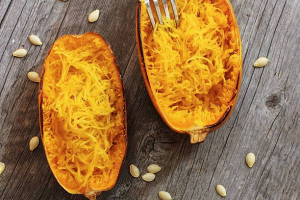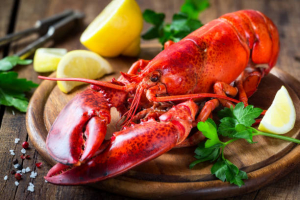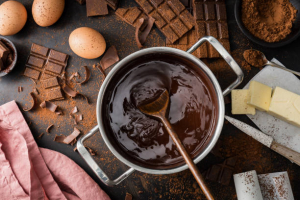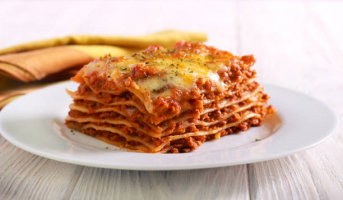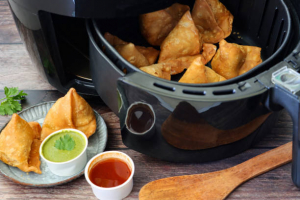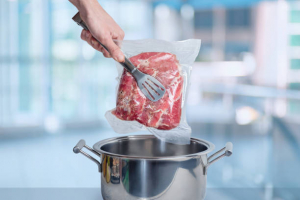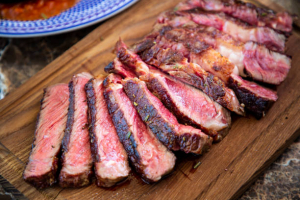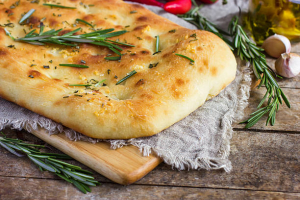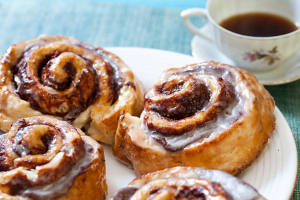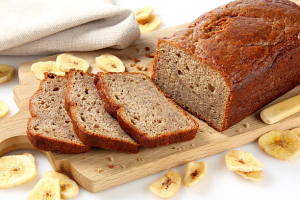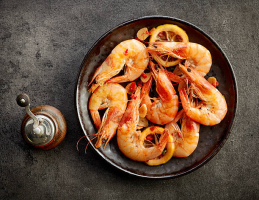Top 10 Biggest Mistakes Everyone Makes When Steaming Food
Steaming is one of the most basic, yet frequently overlooked, cooking methods. Many people avoid the steam unnecessarily. The truth is that this "moist-heat ... read more...cooking technique" is arguably superior to boiling because it is less disruptive to the food. While the art of steaming is relatively simple to master, there are several common mistakes that home chefs make. Read on for more information.
-
While steaming, not everyone follows proper lid etiquette. Throughout the process, the lid should be kept on and tight so that the steam has the confined space it needs to thoroughly cook the grub. There should be some space between the food and the lid to allow steam to circulate. Make the mistake of piling the food in the basket so high that it grazes the underside of the lid.
One of the most important aspects of steaming is keeping the lid tightly closed so that the steam can do its job. Because steaming cooks food quickly, there's no need to check halfway through cooking time, depending on what you're making and how much is in the basket. You can easily see how the steam job is progressing if you use a clear lid, but an opaque cover is a little trickier. If necessary, you can slightly crack it to check, but this is not recommended. The only other time you may need to lift the lid is if you add another food to the basket that requires less steaming time than the first.
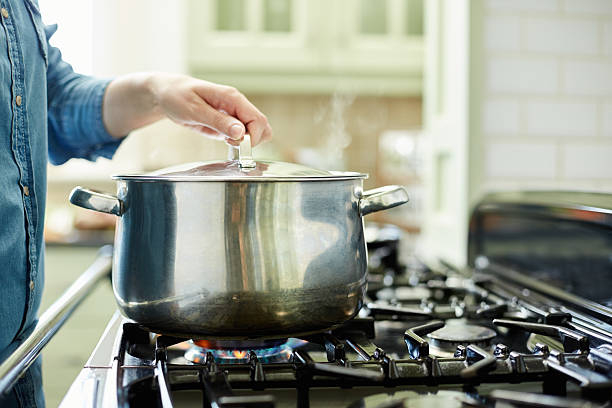
Mishandling the pot lid 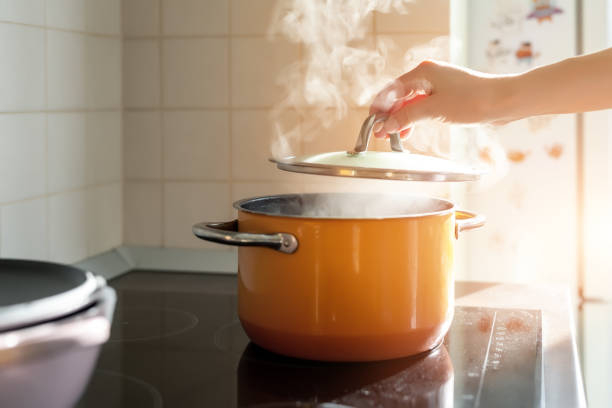
Mishandling the pot lid -
While steaming is a very simple cooking method, it is critical to be very deliberate about timing. According to The Seattle Times, placing the food in the basket over the water before the water has begun to boil or while the water is heating up is a mistake. Wait for the water to begin boiling before adding the food to the basket and sealing the pot with a lid. If you don't have a lid, use aluminum foil instead.
If you fill the pot with water, place the basket in the pot, seal the pot, and then turn on the stove to begin heating the water, you risk overcooking whatever you're cooking as the pot begins to boil. It's easier to stick to a precise cooking time if you don't start cooking until the water is at a rapid boil, especially if you're following a recipe.
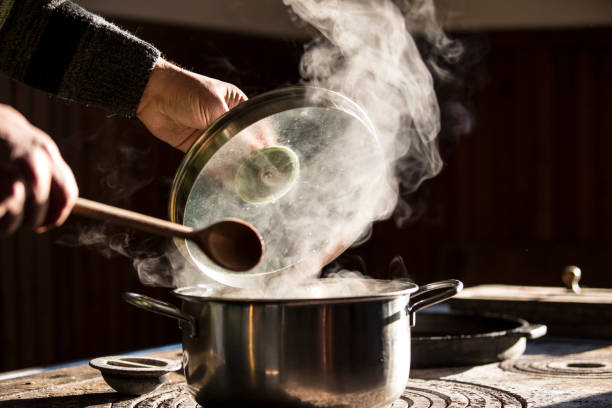
Adding food to the basket before the water boils 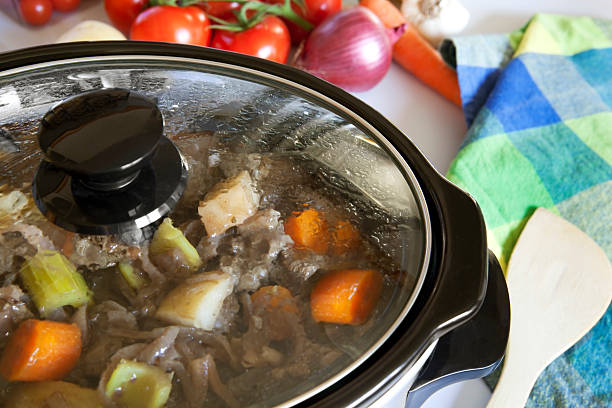
Adding food to the basket before the water boils -
Because steaming is such a quick cooking method, oversteaming is a common mistake. The slightest overcooking can result in a mushy mess that you won't want to serve to your guests or family. If you keep a few things in mind, you can easily avoid oversteaming. The Kitchn suggests always setting a timer and checking to see if you can easily puncture the vegetables with a knife to confirm doneness when it goes off. Steam times vary depending on the food, but it gets even more specific. For example, if you're steaming different vegetables, some will take longer than others and must be added to the basket at different times.
Bamboo steamers are a popular steamer tool because they allow you to stack different vegetables. Those that take longer to cook can be placed on the bottom tier. After a certain amount of time, remove the lid, add another tier of vegetables that require less cooking time, and then replace the lid.
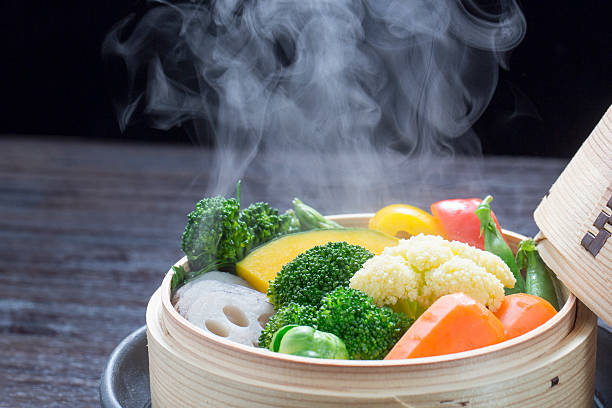
Steaming the food for too long 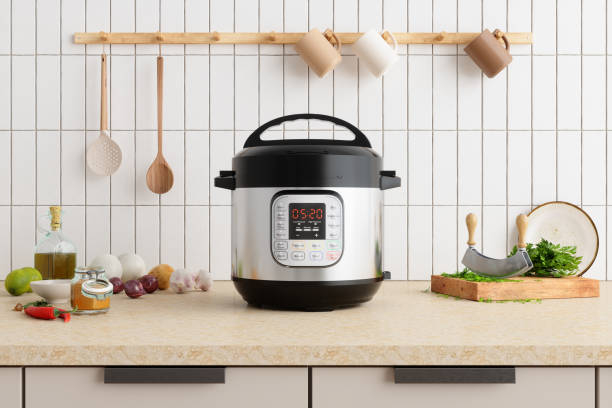
Steaming the food for too long -
While haphazardly chopping vegetables may be acceptable when tossing them into a pan for the stove or oven, it is an absolute no-no when steaming. You must be methodical in your chopping technique. If you're only steaming one type of vegetable, cutting them into the same size pieces ensures they all cook at roughly the same rate and time, according to The Kitchn. You don't want to have to wait for the larger squash slice to catch up to the scrawnier squash piece.
If you're steaming more than one type of vegetable and one takes longer than the other (carrots take slightly longer than broccoli, for example), make sure to cut the longer-to-steam vegetable in both uniform and smaller sizes. The smaller the bite or hunk of vegetable, the faster it steams.
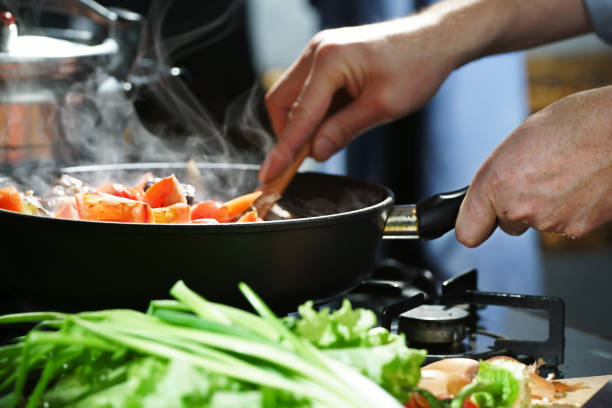
Not cutting the vegetables purposefully 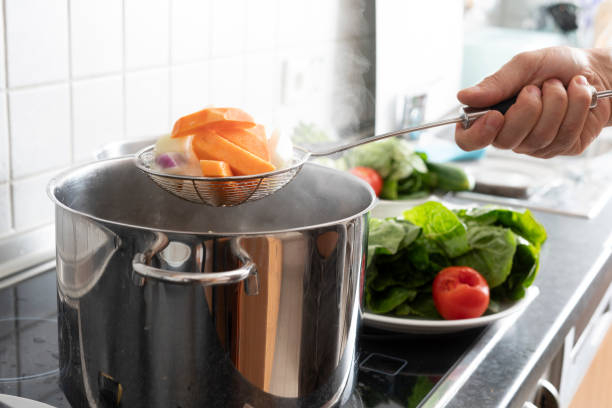
Not cutting the vegetables purposefully -
If the word "steamed" conjures up images of bland food, you may be overlooking an important aspect of steaming. People frequently use steaming because it eliminates the need for added calories like cooking oil or butter, but that doesn't mean you can't season the food. While it may appear that seasoning is only used on baked or grilled foods, nothing could be further from the truth.
While steaming retains the original flavor of the food, adding aromatics such as garlic, ginger, onions, or other herbs, to name a few, can drastically alter the outcome of your steamed dish. Fine Cooking experts recommend steaming the aromatics alongside the food or even adding them to the water before boiling. However, the former produces a more intense flavor. Another option is to marinate the items you're steaming in a sauce before steaming them.
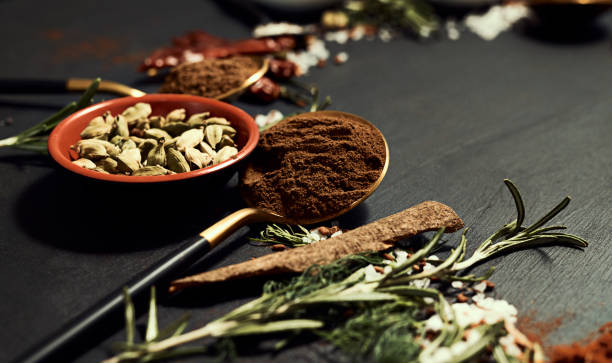
You skip the aromatics 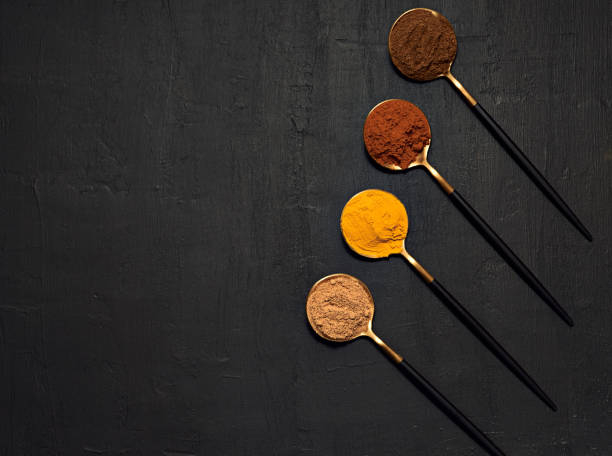
You skip the aromatics -
When steaming food in a basket over boiling water in a pot, the food should never come into contact with the actual water, only the vapor of the steam that is coming off it. So you never want to add too much water, but you also don't want to add so little that it evaporates before your food is properly steamed. The water should be one to two inches below the basket, but the basket's bottom should not graze the water's surface.
The same holds true if you intend to steam while sautéing. Put some water or broth in a sauté pan and cover it with a lid to steam. There should be just enough liquid to hit the hot pan and evaporate into steam, but not so much that the food in the pan is drowned.
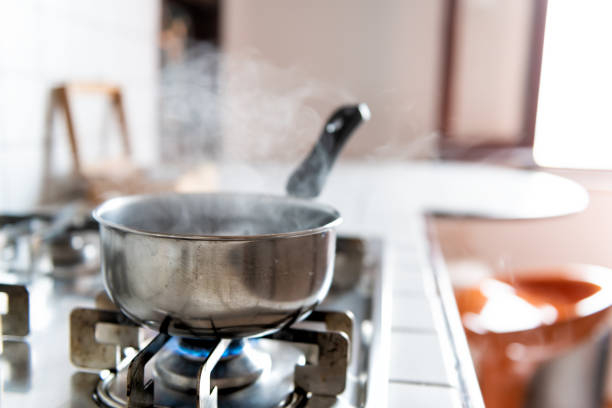
Adding too much or too little water 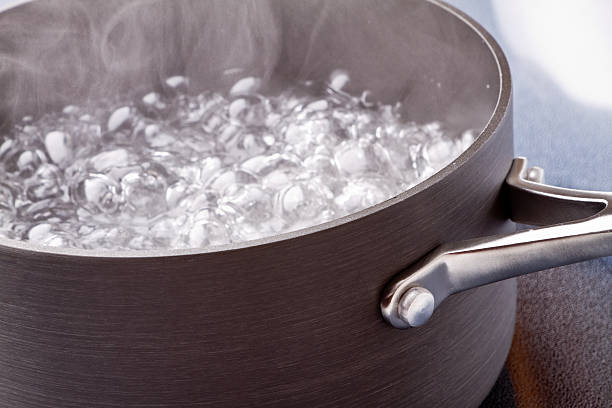
Adding too much or too little water -
The microwave is useful for reheating leftovers, popping popcorn, and heating frozen meals. In a pinch, it can also steam food. If you want to steam some vegetables but don't want to bother with a large pot and a steamer basket, it's a mistake to believe you're out of options when you have a microwave in your kitchen.
In a microwave-safe bowl, combine the vegetables with 1 tablespoon of liquid. Cover the bowl with a microwave-safe plate or plastic wrap and start the microwave. The only thing to keep in mind is that results may vary depending on the vegetable. The vegetables may also shrivel slightly after microwave steaming, and they will likely steam faster than on the stove, so keep an eye on them to avoid overcooking. Aside from that, microwaving vegetables is a great way to steam them quickly.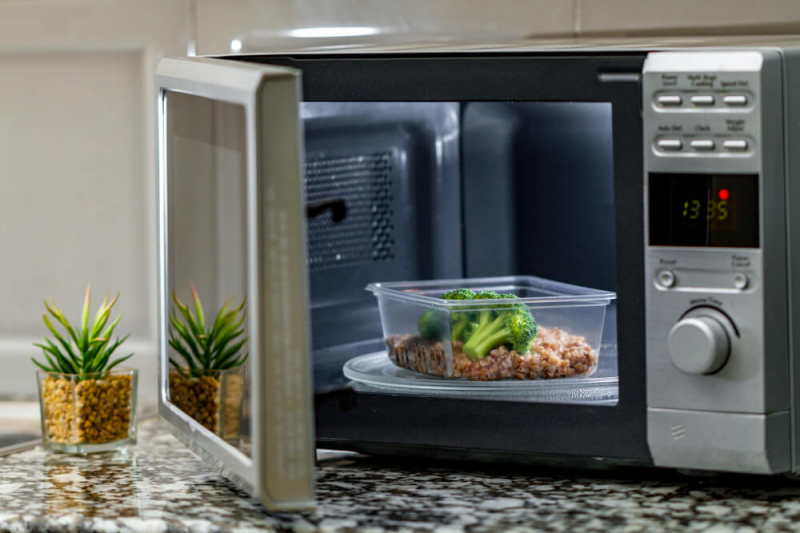
Not taking advantage of steaming in the microwave 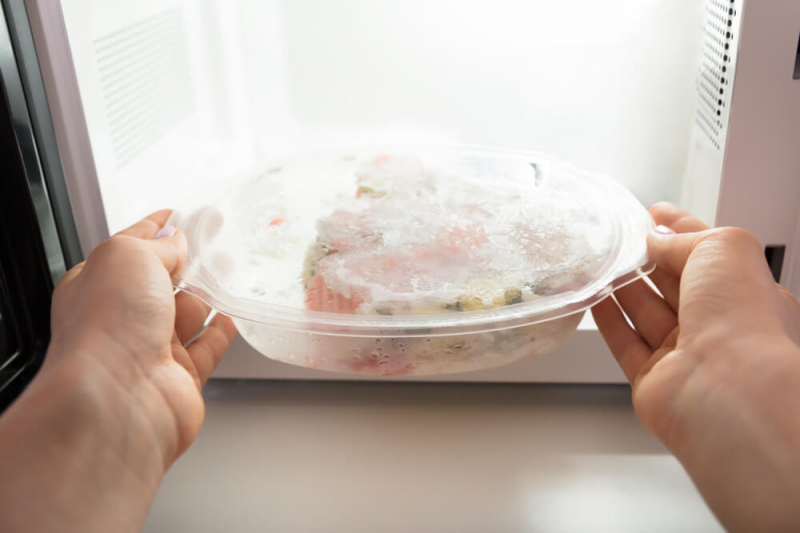
Not taking advantage of steaming in the microwave -
There are so many different ways to steam that it's commonly misunderstood that you need a special basket to get the job done. Even a pot, which is very useful and is usually the default vessel for steaming, is not the only option. Steaming, for example, can be done just as easily in carefully curated parchment pouches enclosed with food and liquid over an oven or stove as it can in an electric steamer.
You can even make your own steamer out of tin foil and a heat-resistant plate. According to Food Network, there are also effective steaming methods that use a disposable aluminum pie plate, an elevated cooling rack, and even the microwave. In an Instant Pot, you can also steam. Choosing a non-traditional steaming method may be determined by what you're cooking and how much effort you're willing to put in. A steamer basket is still relatively inexpensive and easy to find, so it may be worthwhile to invest in one, but don't be misled into believing that it is required for this cooking method.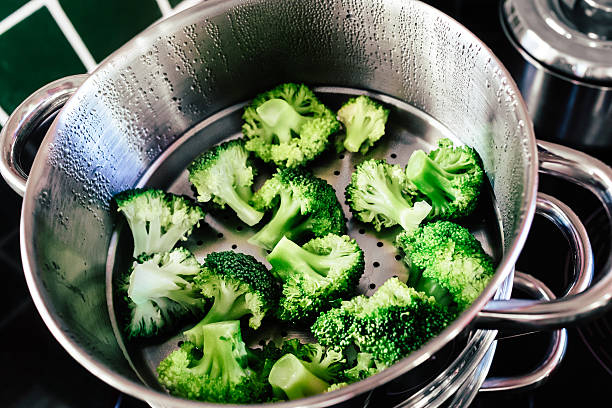
Assuming you always have to use a steamer basket 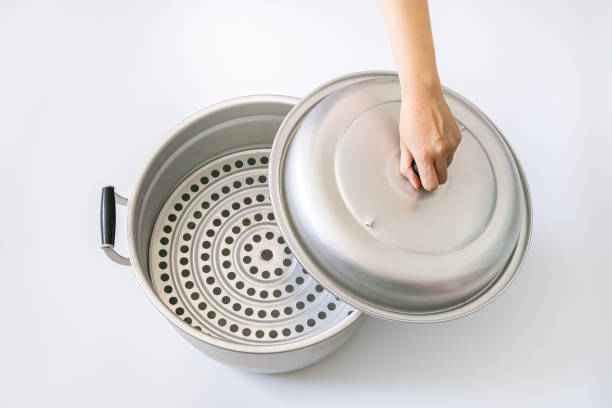
Assuming you always have to use a steamer basket -
While you may be tempted to steam anything and everything in sight, you must be selective about what you cook with this technique. It's a quick way to prepare food, but it comes with some risks. Steaming, according to culinary experts consulted by The Washington Post, can almost be inefficient.
The steam is so hot that it can quickly cook the outer surface of the food item so that the inner part of the item does not have time to catch up. This could result in an overcooked outside and an undercooked inside. As a result, attempting to steam super bulky or large foods is a mistake, especially if you don't prepare them with a lot of chopping. The thinner and smaller the steaming pieces, the better. It is possible to steam thick items, but care must be taken in how they are cut.
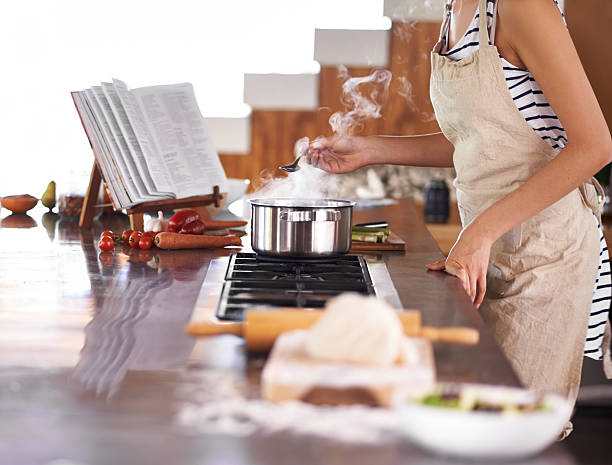
Steaming food that is too bulky 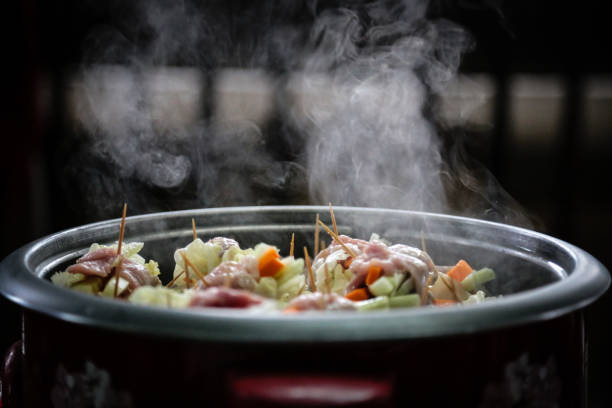
Steaming food that is too bulky -
Bamboo steamer baskets are a tried-and-true method of steaming food. They work well with dumplings, vegetables, and everything in between. Remember to line the bottom of the bamboo steamer. Because of the nature of the bamboo material, food sticks to it very easily. Furthermore, the bamboo basket may absorb the scent of whatever you steam in it (especially fish), so it's critical to create a barrier there. Because lettuce and cabbage are porous by nature, they can be used as natural liners.
Other inventive liners, such as corn husks or grape leaves, can be used to add flavor to the food you're steaming. If you use parchment paper as a lining, make sure there are holes in it to allow the steam to reach the food. Fortunately, steamer liners (similar to those used in an air fryer) with pre-drilled holes are available.
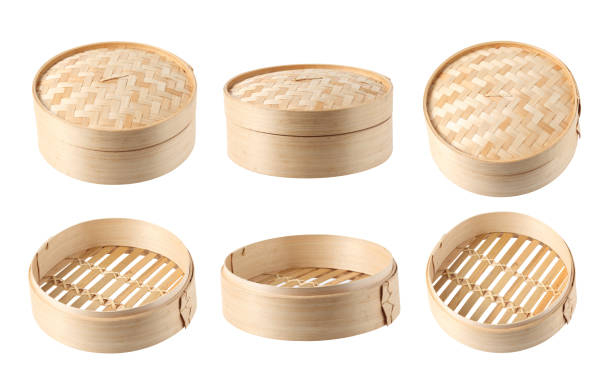
Not lining a bamboo steamer basket 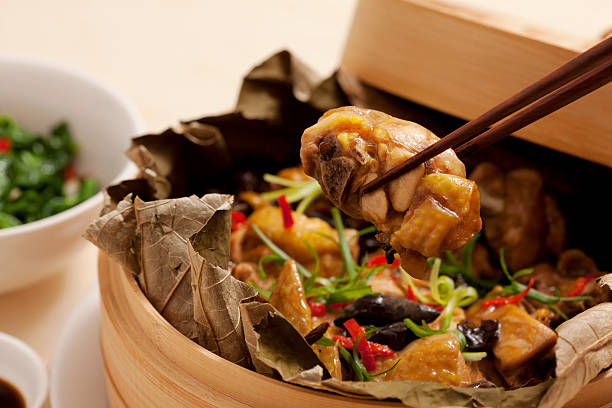
Not lining a bamboo steamer basket












